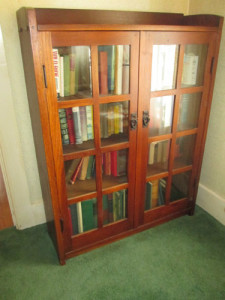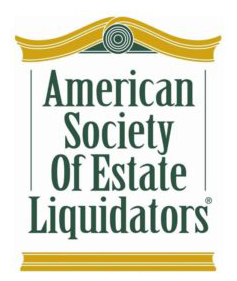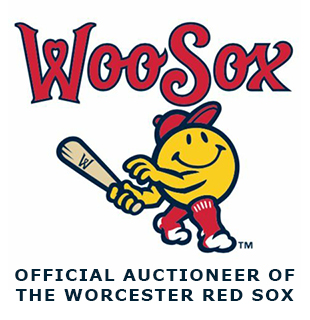This is the fourth article in a series related to my top 10 list of hot antiques and collectibles. The first article discussed 1960’s toys, comic books and collectibles. Early Chinese and Asian antiques and mid-20th century Scandinavian and futuristic design art furnishings and art were numbers nine and eight on our list. Today we’ll focus on Arts and Crafts and Art Deco design.
The styles are very different with Arts and Crafts furniture being known for solid oak furnishings with straight lines. Deco design is known for geometric designs and a sleek, streamlined look. We paired them because they are desirable with collectors and still turn up fairly regularly when we handle the sale of local estate contents.

Gustav Stickley Mission Oak (Arts and Crafts) bookcase brought nearly $3,000 at our April 2014 auction
The Metropolitan Museum of Art’s (the Met) website provides a nice history of the Arts and Crafts period. The era started in late Victorian times in England. With industrialization taking place there was a yearning for some of the handcrafted wares of the past. When the movement took hold in the United States it found fertile ground in Massachusetts. The Met’s website states, “The U.S. movement was multicentered, with societies forming nationwide. Boston, historically linked to English culture, was the first city to feature a Society of Arts and Crafts, founded in June 1897.” Deerfield, MA later also formed a society. There are a wide variety of other items that artisans of the era crafted along with oak and other furniture. A partial list is: stained glass, pottery, Sterling silver, jewelry, posters and other art. Some homes of the period were crafted to Arts and Crafts standards.
The Art Deco Society of New York’s website provides history on this period which flourished during the 1920’s and 30’s. The Art Deco period began in France where many American expatriates made their home after the end of World War I. Ernest Hemingway, Gertrude Stein, F. Scott Fitzgerald and others found they could express themselves there more freely. Back in the United States there was another type of freedom as the Roaring 20’s ushered in hedonism, jazz music and optimism. The Great Depression fell upon the country in the 1930’s and the upbeat times were a thing of the past. Art Deco design thrived in both environments. President Franklin D. Roosevelt’s “New Deal” program created the Works Progress Administration (WPA). The WPA employed 5,000 artists and designers who built 125,000 buildings and 475,000 works or at. Unlike the Arts and Crafts period, Art Deco embraced the machine age. Materials like stainless steel, chrome, aluminum, polished and inlaid wood, and glass were used in manufacturing furniture, lighting, clocks, radios, jewelry, household items, statues and other art.
My next column will be on sports memorabilia.
We are running an online estate auction of a home in Ludlow, MA. Many of the home furnishings tie in nicely with my last column about mid-century modern pieces. Bidding is taking place now and ends on September 2nd. There will be a chance for the public to view the items at the estate on Saturday, August 29th and Sunday, August 30th. Our live auction in Worcester will take place on August 27th. Other events are being planned. See www.centralmassauctions.com to stay updated.
Contact us at: Wayne Tuiskula Auctioneer/Appraiser Central Mass Auctions for Antique Auctions, Estate Sales and Appraisal Services www.centralmassauctions.com (508-612- 6111), info@centralmassauctions.com





